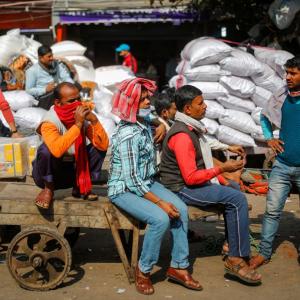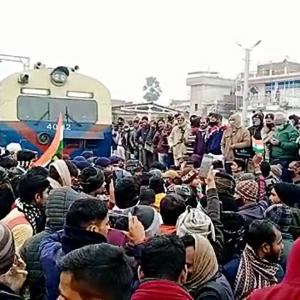An overwhelming proportion of the unemployed declare their nature of occupation as students.
In the quarter ended December 2021, 77% of the unemployed who were actively looking for jobs were students.
This syncs well with another data, that 77% of the unemployed are between 15 and 24 years of age, reveals Mahesh Vyas.

Journalists reporting from the field and taxi-driver-schooled psephologists paint a picture of the unemployed hanging around in small groups at street kerbs, around tea-stalls or cigarette shops.
This is not an inaccurate description of people who are not employed.
But, it is of course, not complete. Most young unemployed people don't hang out.
Reporters don't ask people why they are hanging out with others.
It is mostly assumed that this is because they could not find any fruitful employment and have nothing else to do.
We will check into this 'nothing else to do'.
Street-kerbs and tea-stalls seem to discriminate against women.
People that fit the above description of the unemployed are predominantly men.
Women don't hang out similarly visibly.
Interestingly, the field-reporter journalists and psephologists who venture out to discover this India are also predominantly men.
There are millions of unemployed women as well.
Perhaps, it will take women reporters to unravel their behaviour corresponding to men hanging out with friends when they are unemployed.
CMIE's Consumer Pyramids Household Survey (CPHS) helps us understand the occupation of the unemployed.
The unemployed don't merely hang out with friends doing nothing.
Most of them are quite occupied. And, the women missing from the kerbs are also quite busy.
We can answer the question -- what do the unemployed do -- because CPHS does not mix the employment status question with any other question.
In particular, it does not mix the employed/unemployed status with activities.
While a person's status of being 'employed' is associated with some activities such as being an employer or an employee or being self-employed, the status 'unemployed' is not necessarily associated with corresponding activities -- unless, of course, we make hanging out with friends an activity.
Making job applications, taking tests, appearing for interviews, visiting the market place for jobs are activities associated with being unemployed.
But, such activities can be, and are usually performed along with other activities.
For example, it is possible to actively look for a job while still being a student.
And, it is equally likely that till a person does not find a job she may be occupied as a home maker or could be participating as an unpaid worker in an informal manner till a job is procured.
Besides, and more importantly, merely being available for work without actively looking for work, which is also a status of unemployment is not an activity at all.
Therefore, capturing the unemployed status of a person as a part of capturing the principal or subsidiary 'activities' of a person can be misleading.
This is what Sections 5.1, 5.2 and 6 of the questionnaire of the Periodic Labour Force Survey do.
These questions do not allow us to answer the question -- what do the unemployed do?
In CPHS, every member of a sample household is associated with a 'nature of occupation'.
This should not be confused with occupation, which is a detailed listing fashioned on the lines of the National Classification of Occupations and which is captured separately in CPHS.
The nature of occupations includes working and non-working occupations.
Broadly, the nature of occupation includes farmers, businessmen, salaried employees, labourers and small vendors, students, home-makers, retired and the unoccupied.
The question on employment status in CPHS is separate, simple and direct -- which one of the following four statuses apply: Employed; unemployed willing to work and looking for work; unemployed willing to work but not looking for work; not willing to be employed.
With this, we can cross-tabulate to estimate the nature of occupation of the unemployed.
An overwhelming proportion of the unemployed declare their nature of occupation as students.
In the quarter ended December 2021, 77 per cent of the unemployed who were actively looking for jobs were students.
This syncs well with another data, that 77 per cent of the unemployed are between 15 and 24 years of age.
About 15 per cent of the unemployed who are actively looking for employment declare their occupation as home makers.
While 4.9 million home-makers were actively looking for employment, another 6.1 million home-makers were also available for employment although they were not actively looking for employment.
Unemployed women don't hang out at street corners.
They take care of the home. This is a large potential workforce, larger than those men hanging out, that is possibly compelled to do only household chores against their wishes.
In the quarter ended December 2021, only 0.01 per cent of home-makers were also employed.
This ratio has dropped sharply from 0.1 per cent in 2016 to 0.01 per cent in 2021.
Only 7 per cent of the unemployed said that they have no specific occupation.
Possibly, these are the ones who hang out at the street kerbs or tea-stalls.
Interestingly, about 1 per cent of the unemployed said that their nature of occupation was that of a salaried employee.
More interestingly, in the critical lockdown quarter of April-June 2020, nearly 8 per cent of the unemployed said that their nature of occupation was salaried employees.
Given the above findings it may be a fallacy to consider the status of being unemployed and being a student or a home-maker as mutually exclusive as the PLFS questionnaire does.
The delinking of activities from employment status allows a better understanding of what the unemployed do, or as CPHS informs us, what is the nature of occupation of the unemployed.
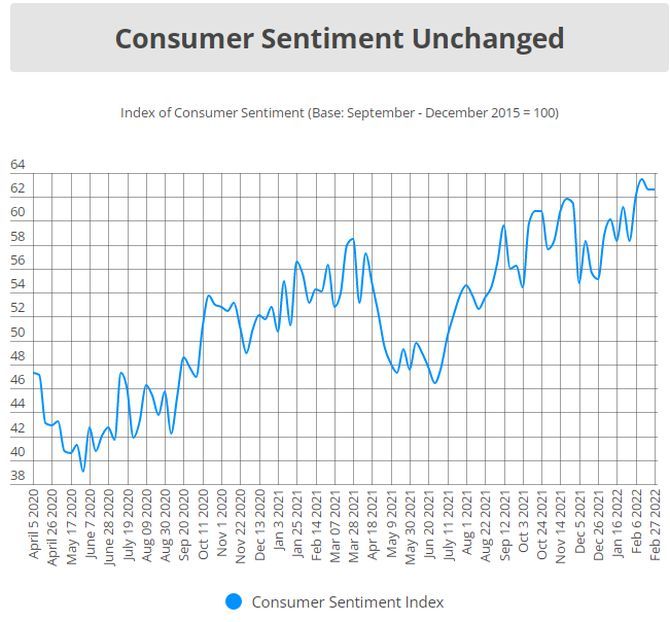

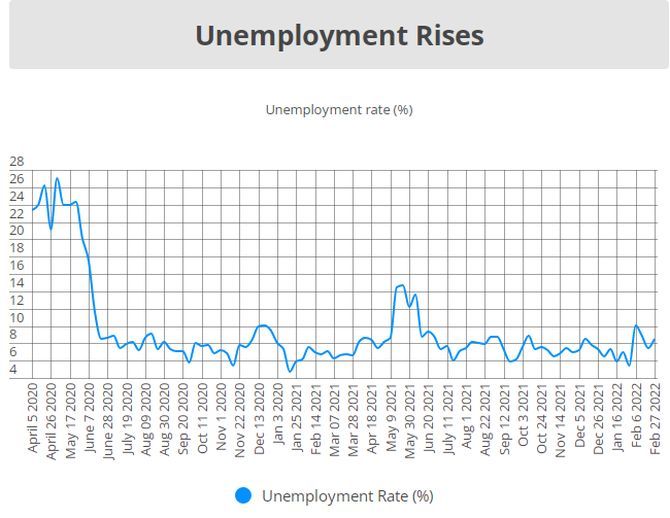
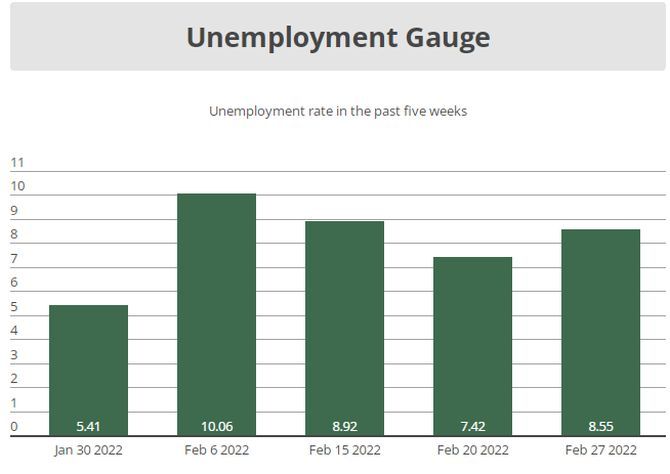
Feature Presentation: Aslam Hunani/Rediff.com









